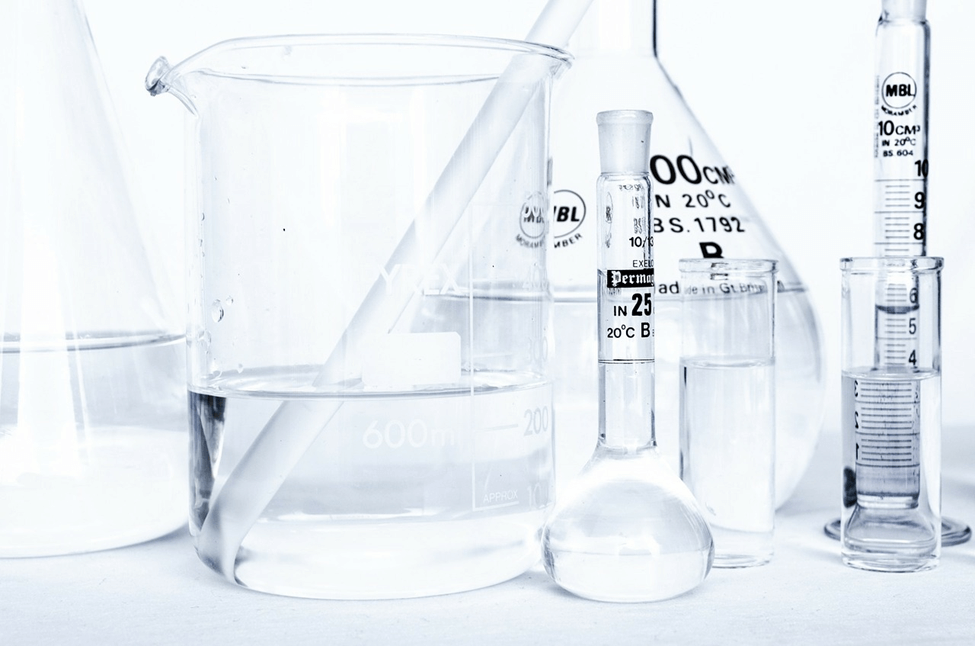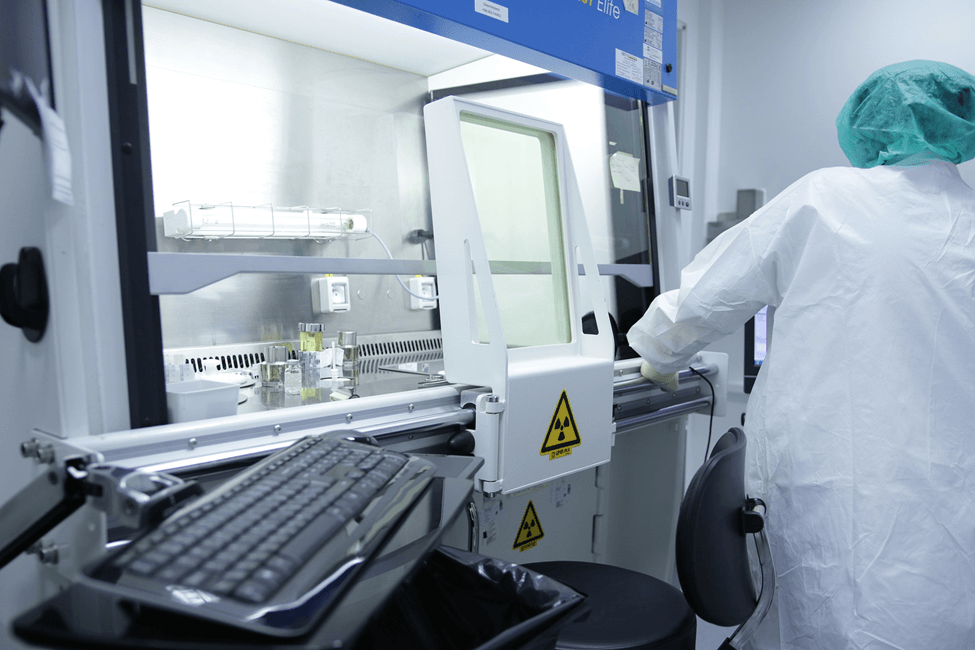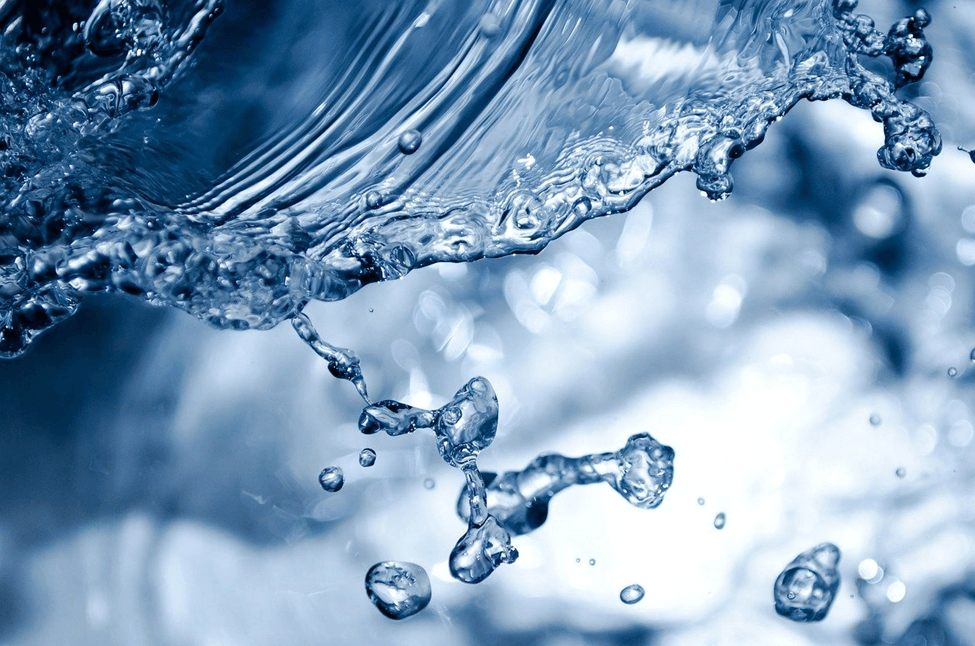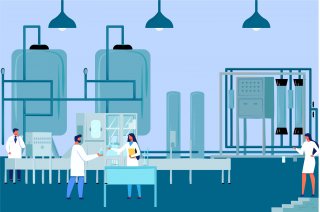Water is an essential part of everyday life, and certain cleanrooms are no different – especially in pharmaceuticals. But water is unique apart from other products and process ingredients because ultrapure water is not subject to testing or batch-lot release before use and is drawn from on-demand systems. Additionally, results from water testing are not always available immediately because it requires time for microbiological tests to be performed.
Thus, it is critical that ultrapure water is stored and produced correctly.
The World Health Organization (WHO) felt the same way. In 2017, the WHO Expert Committee on Specifications for Pharmaceuticals Preparations (ECSPP) issued a recommendation that the WHO Secretariat gather feedback on if they should update good manufacturing practices (GMPs) on water for injections (WFI). In early 2019, the WHO Secretariat issued a draft guidance that allowed for the production of WFI by different processes than distillation.
Now, we operate under these new guidelines for ultrapure water production and storage. And if you’re using ultrapure water in your pharmaceutical cleanrooms, it is vital you understand these GMPs.

Pharmacopoeial Specification
A pharmacopoeial is a text that describes drugs, chemicals, and other medicinal preparations. The Food and Drug Administration (FDA) has published the United States Pharmacopeia (USP) that outlines GMPs and standards for production in the US.
It includes specifications for two forms of water: bulk and dosage. Make sure to choose the appropriate specification for your required marketing authorization to the medicine’s regulatory authority.
Bulk Purified Water
Bulk Purified Water (BWP) needs to meet the pharmacopoeial specifications for purity, both chemical and microbiological. So how do you prepare BPW?
BPW is made from – at the minimum quality – drinking water.
BPW can also be produced by any qualified purification process or techniques. These include combinations of ion exchange, RO, RO, and electro-deionization (EDI), ultrafiltration, and vapor compression.
When configuring your water purification system or defining your user requirements, consider:
- The feedwater’s quality and its change through seasons.
- How much water is needed?
- The necessary specifications of water quality.
- The stages required for the sequence of purification.
- The needed energy consumption of your system.
- Strategically placed sampling points that avoid contamination.
- Your process and documentation of flow, pressure, temperature, conductivity, pH, and total organic carbon.
When designing your system, remember certain ambient-temperature systems, such as RO, ion exchange, and ultrafiltration, are extra susceptible to contamination. This is especially true when there is less demand for water. To prevent this microbiological contamination, define sanitization to be conducted at regular intervals. These methods should be validated for each stage of purification. In your documentation of sanitization, you must be able to prove the removal of the agents.

Additionally, consider the following controls:
- The water flow should be maintained at all times to prevent stagnation.
- The temperature should be constantly controlled by heat exchangers or a plant room cooling to reduce microbial growth. The guidance value for this is < 25 328 °C.
- The use of ultraviolet disinfection at strategic locations.
- The thermal and/or chemical sanitization of the water-treatment system components periodically.
At all times, BPW must be protected from microbial contamination and recontamination. To prevent this, proper alert limits should be in place.
Bulk Water For Injections
Bulk Water For Injections (BWFI) is the highest quality of water, although it is NOT sterile and it is NOT in the final dosage form. It should meet all the relevant specifications and requirements for microbiological and chemical purity.
BWFI is a suitable bulk ingredient to be used during formulation. You should use a robust technique for production and consider the following when designing your system:
- Feedwater quality. Typically, this is drinking water with additional treatment.
- Water quality specifications are required.
- Water quantity needed.
- The appropriate URS, qualification, and validation for your components.
- Generator size or variables controls to prevent broken-up cycling.
- Dump and blow-down functions.
- Cool-down venting in an attempt to avoid contamination.
This form of water can be prepared by distillation as the final purification step, but other techniques such as deionization, electro deionization, nanofiltration, ultrafiltration, water softening, descaling, pre-filtration and degasification, ultraviolet 381 treatment, and other techniques, can be used in connection with either a single or double pass RO system.
As always, ensure to set the appropriate limits to avoid contamination, which BFWI should always be protected from.

Additionally, consider the following controls:
- The water flow should be maintained at all times to prevent stagnation.
- The temperature should be constantly controlled by heat exchangers or a plant room cooling to reduce microbial growth. The guidance value for this is < 25 328 °C.
- The use of ultraviolet disinfection at strategic locations.
- The thermal and/or chemical sanitization of the water-treatment system components periodically.
At all times, BPW must be protected from microbial contamination and recontamination. To prevent this, proper alert limits should be in place.
Bulk Water For Injections
Bulk Water For Injections (BWFI) is the highest quality of water, although it is NOT sterile and it is NOT in the final dosage form. It should meet all the relevant specifications and requirements for microbiological and chemical purity.
BWFI is a suitable bulk ingredient to be used during formulation. You should use a robust technique for production and consider the following when designing your system:
- Feedwater quality. Typically, this is drinking water with additional treatment.
- Water quality specifications are required.
- Water quantity needed.
- The appropriate URS, qualification, and validation for your components.
- Generator size or variables controls to prevent broken-up cycling.
- Dump and blow-down functions.
- Cool-down venting in an attempt to avoid contamination.
This form of water can be prepared by distillation as the final purification step, but other techniques such as deionization, electro deionization, nanofiltration, ultrafiltration, water softening, descaling, pre-filtration and degasification, ultraviolet 381 treatment, and other techniques, can be used in connection with either a single or double pass RO system.
As always, ensure to set the appropriate limits to avoid contamination, which BFWI should always be protected from.


